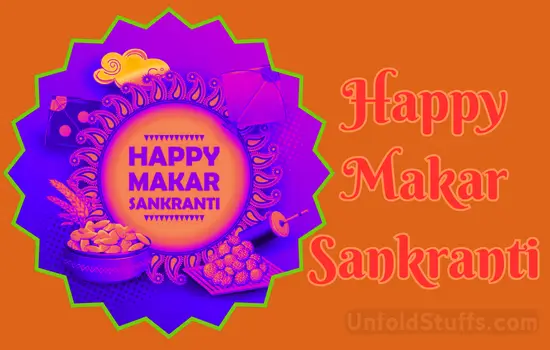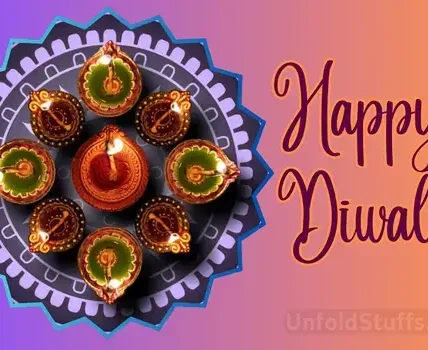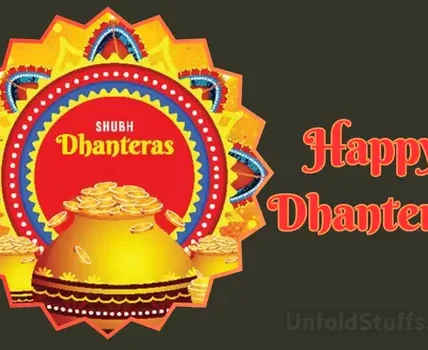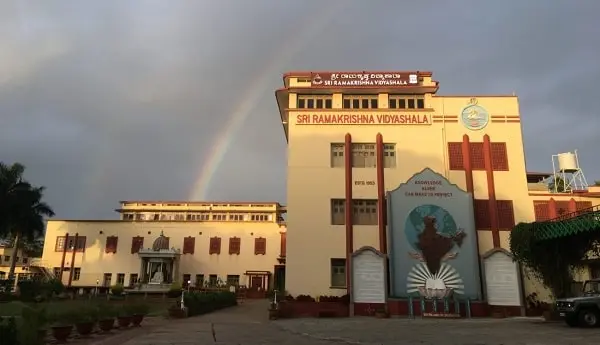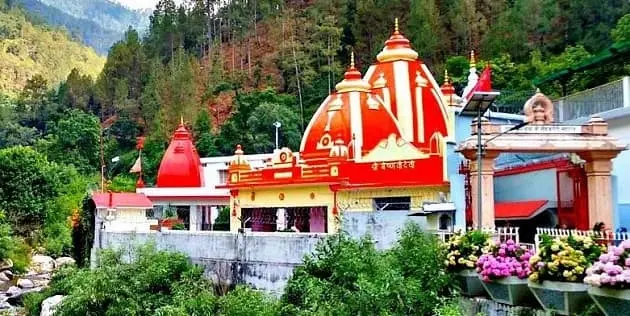Makar Sankranti is a joyous Hindu festival celebrated across India, marking the transition of the sun into the zodiac sign of Capricorn (Makar). Usually observed on January 14th or 15th, it signifies the end of the winter solstice and the beginning of longer, warmer days.
The festival is known by different names in various regions, such as Pongal in South India, Lohri in Punjab, and Uttarayan in Gujarat. People celebrate Makar Sankranti by flying colorful kites, exchanging sweets made of sesame and jaggery, and taking holy dips in rivers.
In some states, it is a time for traditional harvest festivities, where freshly harvested crops are used to prepare special dishes. The day holds cultural significance, symbolizing the shift from darkness to light, and is often associated with charity and community gatherings. Makar Sankranti embraces diversity and unites people in the spirit of joy and thanksgiving.
Makar Sankranti 2025 Puja Date and Time
Makar Sankranti 2025 |
||
| Event | Date & Time | Day |
| Makar Sankranti 2024 | January 14, 2025 | Tuesday |
| Makara Sankranti Punya Kala | 09:03 AM to 05:46 PM on January 14, 2025 | Tuesday |
| Makara Sankranti Maha Punya Kala | 09:03 AM to 10:48 AM on January 14, 2025 | Thursday |
| Makara Sankranti Moment | 9:03 AM | Thursday |
Stories Related to Makar Sankranti
The Legend of Bhishma Pitamah:
In the Mahabharata, it is said that Bhishma Pitamah, a revered character, had the power to choose the time of his death. Bhishma decided to end his life during the auspicious period of Uttarayan, which aligns with Makar Sankranti. It is believed that those who pass away during this time attain salvation.
Story of King Bhagirath:
King Bhagirath, an ancestor of Lord Rama, performed intense penance to bring the River Ganga down to Earth to purify the souls of his ancestors. Ganga agreed but said her forceful descent could be destructive. To mitigate this, Bhagirath prayed to Lord Shiva, who agreed to catch Ganga in his matted locks. When Ganga descended on Makar Sankranti, it is said that the river’s purifying waters reached the souls of Bhagirath’s ancestors, granting them salvation.
These legends add a spiritual significance to Makar Sankranti, emphasizing the importance of auspicious moments and the pursuit of righteousness.
Facts About Makar Sankranti 2024
- Harvest Festival: Makar Sankranti is a significant harvest festival celebrated across India, marking the transition of the sun into the zodiac sign of Capricorn (Makar). It usually falls on January 14th or 15th.
- Kite Flying Tradition: One of the most iconic aspects of Makar Sankranti is the tradition of flying kites. People of all ages gather on rooftops to engage in friendly kite-flying competitions, adding vibrancy to the festival.
- Sweets and Special Dishes: Sweets made from sesame seeds and jaggery, such as tilgul (sesame laddoos) and gajak, are popular during Makar Sankranti. Special dishes like khichdi and jaggery-based preparations are also savored.
- Holy Dips in Rivers: Taking a dip in sacred rivers during Makar Sankranti is considered auspicious and believed to cleanse one of sins. The Ganges, Yamuna, and other rivers witness large gatherings of devotees on this day.
- Cattle Reverence: In some regions, especially in rural areas, Makar Sankranti is dedicated to showing gratitude to cattle. Cows and bulls are adorned with colorful decorations, and special prayers are offered for their well-being.
- Uttarayan and Dakshinayan: Makar Sankranti marks the end of the winter solstice and the beginning of longer days, known as Uttarayan. It signifies the northern movement of the sun. This transition is considered auspicious for new beginnings.
- Traditional Bonfires: In states like Punjab and Haryana, bonfires, known as Lohri, are lit on the eve of Makar Sankranti. People gather around the bonfire, sing folk songs, and celebrate the warmth of community.
- Regional Variations: Makar Sankranti is celebrated with diverse regional variations across India. In the south, it is called Pongal, while in Gujarat, it is observed as Uttarayan with the International Kite Festival. In Assam, it’s known as Bhogali Bihu, and in Maharashtra, it’s Tilgul. Despite regional differences, the festival unites people in joyous celebrations.
Check All Hindu Festival Date, Shubh Muhurat & Puja Timing |
||||
| Akshay Tritiya | Durga Puja | Holi | Krishna Janmaashtami | Rath Yatra |
| Bhogi | Dussehra | Holika Dahan | Magh Purnima | Teej |
| Chhath | Ganesh Chaturthi | Kalash Sthapana | Maha Shivaratri | Tulsi Vivah |
| Dasha Mata | Govardhan | Kanya Pujan | Makar Sankranti | Ugadi |
| Dhanteras | Gudi Padwa | Kartika Purnima | Nag Panchami | Vasant Panchami |
| Diwali | Hanuman Jayanti | Karva Chauth | Raksha Bandhan | |
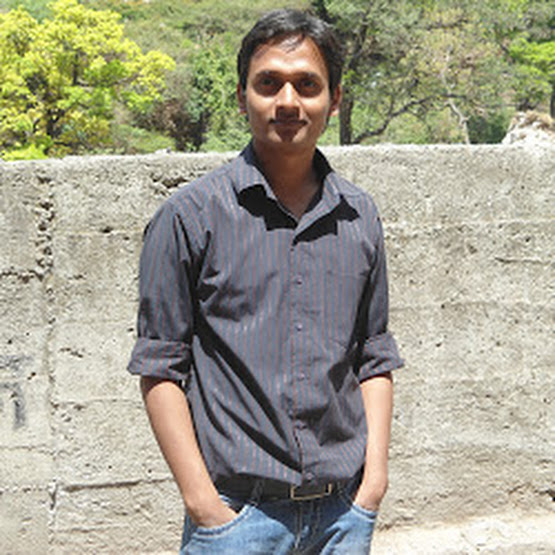
Santosh Kumar is an editor at unfoldstuffs.com and a professional content writer. With years of experience he is passionate for creating engaging, informative and impactful topics.
